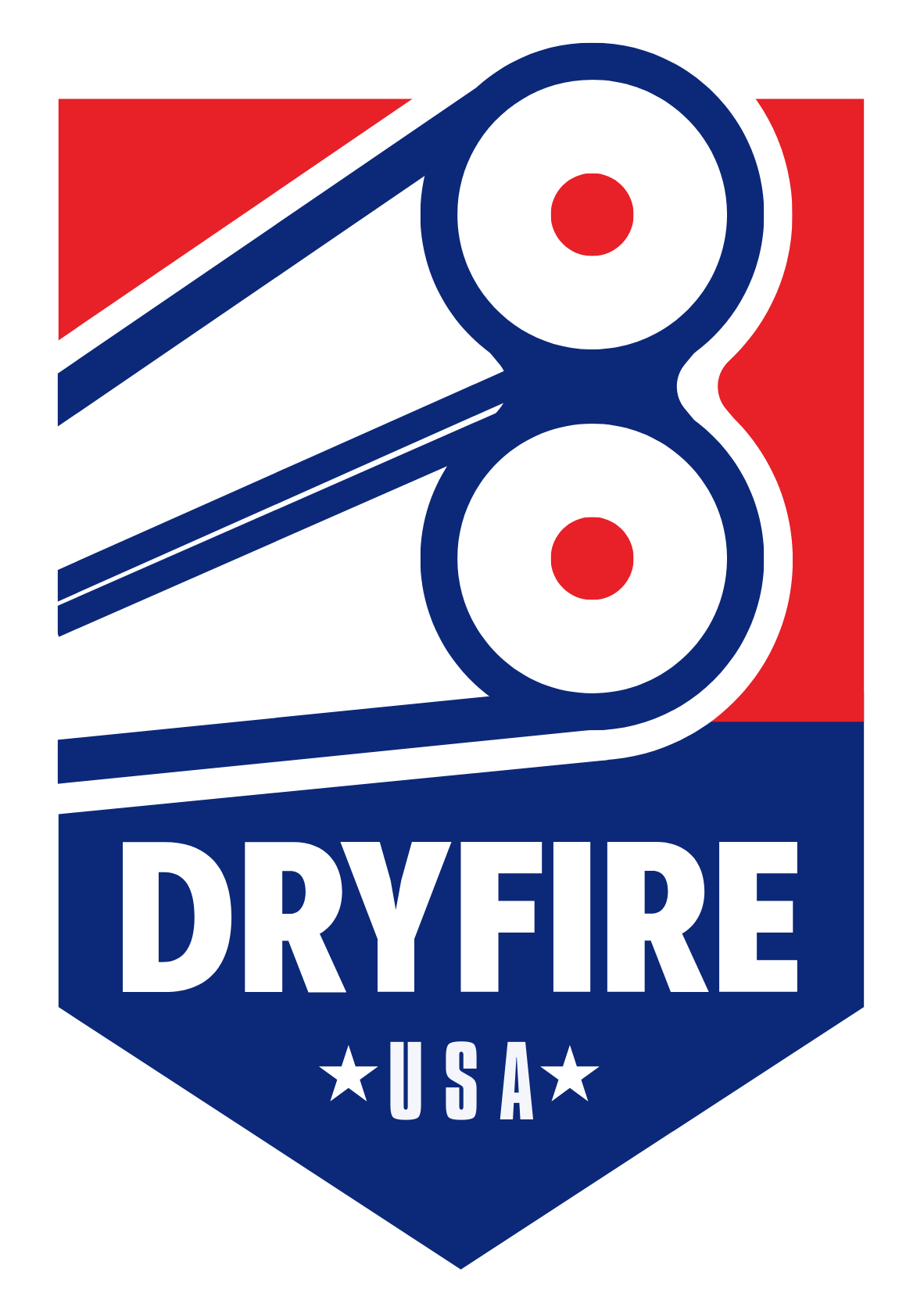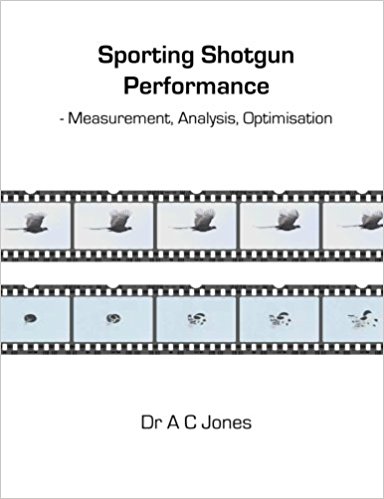Accurate Feedback
Guaranteed results
Do you wonder why you keep missing a particular shot?
Tired of saying, "There's a hole in my shot pattern" for lack of a better explanation?
Hey, no shame. We've all been there.
Training with DryFire gives you the exact feedback you need, instantly. Shot results shown on the computer screen make it clear what you need to work on, so you can make immediate adjustments.
DryFire takes your training seriously and gives you this valuable feedback:
- Hit or Miss
- How far your shot-cloud was in front of, or behind, the target.
- How far your shot-cloud was above, or below the target.
- The distance, in yards, from your muzzle to the shot-cloud at the time you hit or missed the clay.
- The time, measured in hundredths of a second, from the launch of the clay until the shot-cloud hit or missed the clay.
This is more information than you could get in a lifetime of shooting.
Let's face it: Shotgunning is the most difficult sport in the world to perfect.
That's because it's almost impossible to know "why" you missed, and what you can do to correct it. Even when a target is broken, there is little to tell you what you did right, in order to replicate it.
Normally, we see one of four conditions when we shoot at a target in a real-world scenario:
- Smoke - nothing left of the clay
- Visible pieces - broken but it didn't disappear
- Two visible pieces - it counts
- Miss - no visible pieces broken from the target
Let's take a closer look at each of these outdoor results to see what we can learn.
Smoke: The center of the shot-cloud was very close to the center of the target as the highest density of pellets per square inch occurs in the center of the shot-cloud. Therefore it is a reasonable assumption.
Visible pieces: Very little can be learned because of two factors:
The clay is rotating in a clockwise direction as viewed from above and therefore, if a pellet hits the front edge of the target the pieces (because of centrifugal force) are predisposed to fly to the left. If the pellet hits the clay near the far edge (example: climbing target where the top of the clay is visible) centrifugal force will throw the pieces to the right.
The pattern from a shotgun produces a pattern distribution, which has the highest pellet density in the center and becomes less dense as you move away from the center. This creates very low-density places (on the outer edges of the pattern) where only one pellet may hit the target. If the center of the shot-cloud is to the left of the clay and the only pellet to hit the clay is near the front right edge, two things will happen. Because of the rotation of the clay, the small pieces will be thrown to the left because of centrifugal force and the larger pieces will move to the left because all the pellet energy was applied to the right edge. You see all the pieces flying to the left and assume the center of your shot-cloud was to the right of the target.
Two visible pieces: Hallelujah, it counts as a hit... but unfortunately little can be learned.
Miss: Use your best guess, and you'll have a 50/50 chance of being correct.
Conclusion: In the outdoor world it is not possible, from the physical evidence, to determine where the center of your shot-cloud is in relation to the center of the target. And this holds true whether the target was hit or the target was missed. When you hit a target, but have no feedback because you are outdoors, how can you tell where your shot-cloud was in relation to the target? And without this information, there is nothing you can do to improve.
Just for fun, here's a great example of why we recommend the book Sporting Shotgun Performance. In the book, Dr. Jones explains in detail a test he performed with a high-speed camera and eight (8) experienced shooters who tried their best to “read 23 target breaks.” As they watched a video of the 23 targets (the video was running at normal speed) they were asked to decide whether the center of the shot-cloud was to the left or right of the target. All 23 targets were shot and videoed on a Skeet field (Station 7 Low House). The shooter was asked to shoot the target at the stake (a distance of approximately 21 yards) and shoot 3 target widths (approximately 12 inches) to the left or the right of the target.
The video footage was then viewed in slow-motion and it was determined exactly how many pellets hit each target and where the pellet (or pellets) hit the clay. The 8 experienced shooters were then asked to watch the normal speed video and mark on a sheet of paper whether the shot-cloud was to the right or left of the target center. When the 8 shooters had completed their task and the left and right information was tallied, it was learned there were 93 correct answers and 91 incorrect answers.
That’s 1 answer better than 50%.
From this poor result, we could assume that the eight shooters would have done just as well if they had not seen the videos and simply guessed which of the 23 targets were shot to the right and which were shot to the left. The law of probability would suggest a 50/50 split.
So much for “Reading a Target Break.”
This is a clear example of why DryFire is so valuable. Instant visual feedback is absolutely critical if you want to improve your shot.
No more guessing.
No more blaming that darn hole in your shot pattern.
With DryFire you'll have solid information to make proper improvements that will give you guaranteed results.

